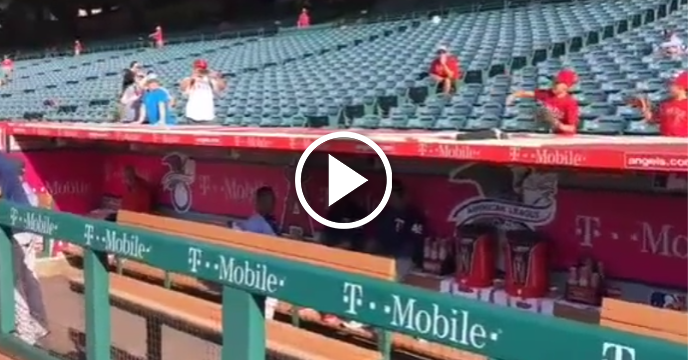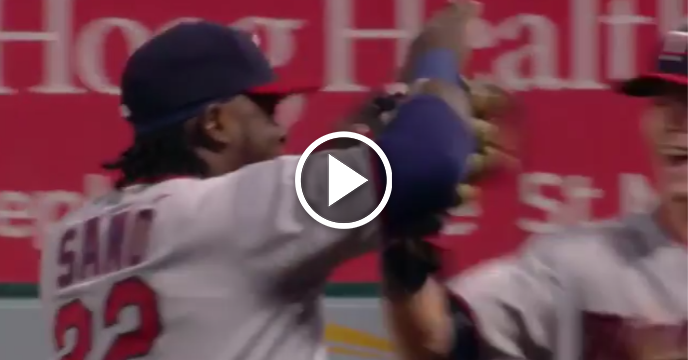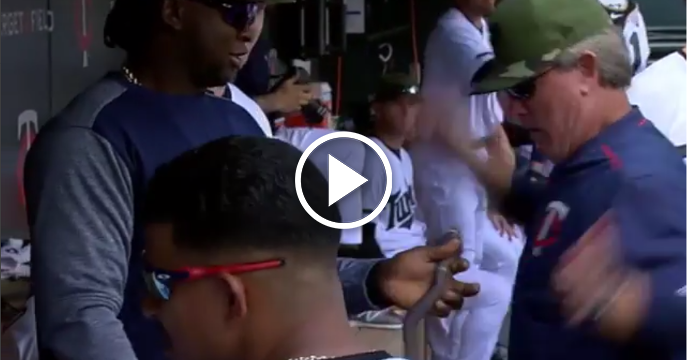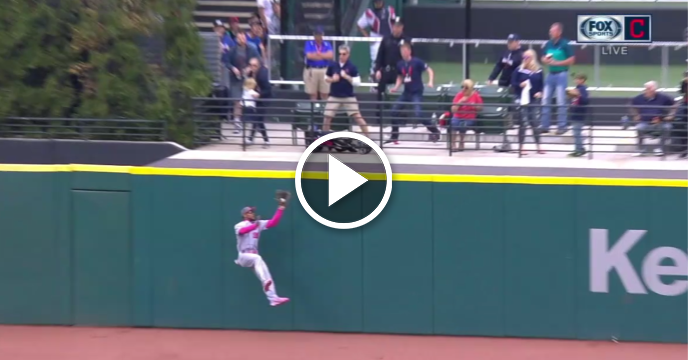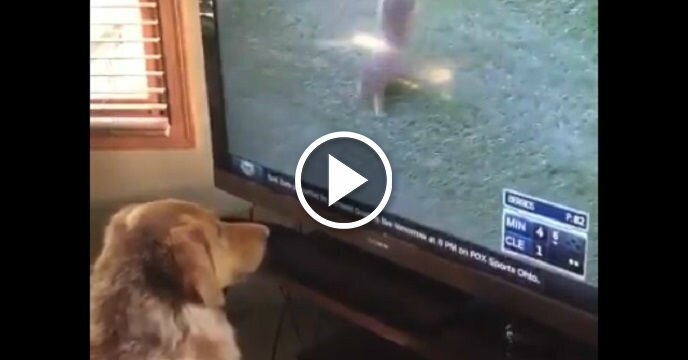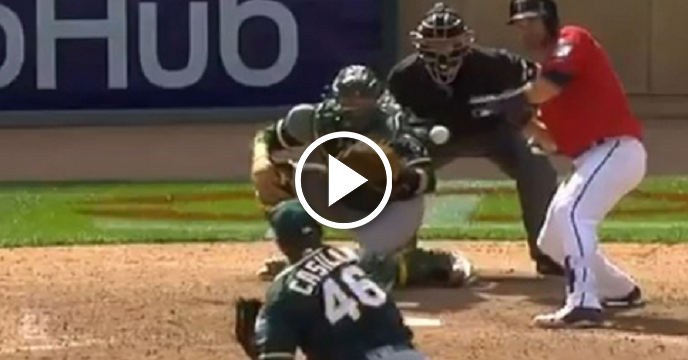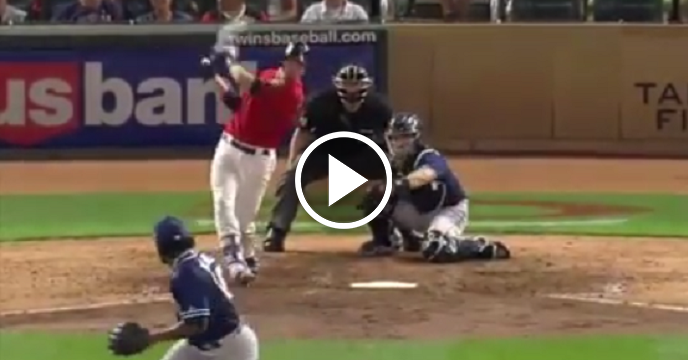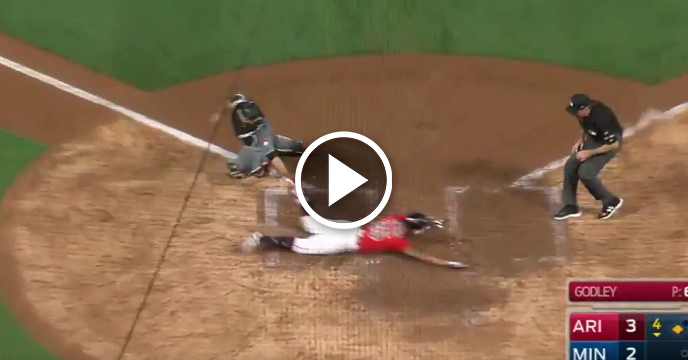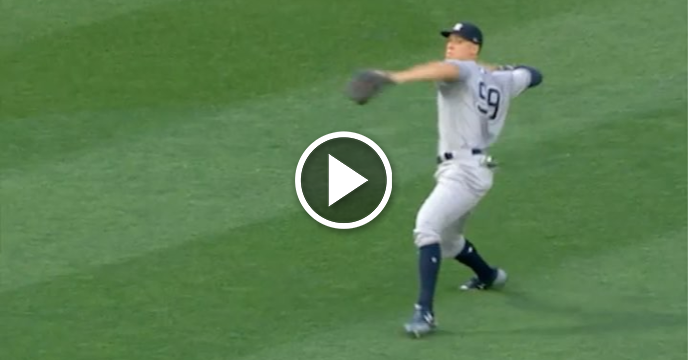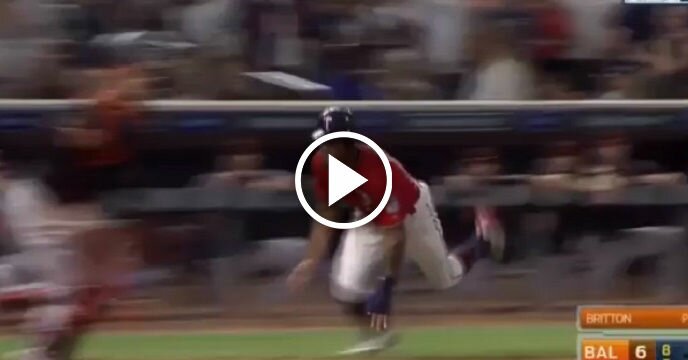
There has been a lot of talk throughout the off-season by Minnesota Twins fans and analysts about how well or poorly the team did in addressing their inadequate pitching situation from 2012. Acquiring pitchers like Vance Worley, Trevor May and Alex Meyer have seemingly won over the fans—no matter the cost it took to acquire them—and the hope is that those three pitchers, along with Scott Diamond, can form the core of the next generation of Twins pitchers.
If all the stars were to align and the pitchers all develop as the team hopes, you could see a rotation of Meyer, May, Worley, Diamond and J.O. Berrios or Kyle Gibson. My Minnesota math tells me that is six pitchers whereas the typical big league rotation is numbered at only five.
I hate to be the giver of bad news and a pessimistic blogger, but I do not project Diamond to turn in to an above average starter with staying power in the Twins’ rotation. I also see a pitcher like Worley as a likely candidate to leave once his contract is up with the Twins, simply because of the vibe I have seen from him with his reaction to being traded here this past off-season.
I imagine Worley may want to return to the east or west coast and pitch in a large market. That leaves Meyer, May, Berrios and Gibson to make up a rotation, if all are to develop correctly. I believe a long-term fifth starter is actually right under the nose of the Twins’ organization and it is a pitcher by the name of Liam Hendricks.
Skeptics will point to Hendriks’ career 1-10 record with a 5.71 ERA over 20 starts and 108 innings and say that Hendriks is your typical successful minor league pitcher who cannot translate to the big leagues. I—on the other hand—would argue that Hendriks, 24, is about to come into his own as a big league pitcher.
I compare Hendriks to a young Brad Radke. Before you go off about how this is a preposterous comparison, just take this into consideration: during Radke’s first full season as a Twins’ pitcher at the big league level, he was 11-14 with a 5.32 ERA in 28 starts at 22 years old. As Twins fans know—and some will complain and challenge—Radke turned into a pretty good pitcher, one of the best in Twins history, in my opinion.
Radke was known for his impeccable control of all his pitches and his dynamic changeup that he used as his “out-pitch”. What he was often criticized for was his frequency of giving up homeruns and his inability to start a game well. Hendriks has a very similar skill set and a very similar career path. His hallmark has been his ability to control all his pitches, use both sides of the plate and his “out pitch” is his changeup. Hendriks is also heavily criticized for starting games poorly and giving up a lot of homeruns.
Whatever your feelings are about Hendriks as a pitcher, the bottom line is this: it is way too early to give up on him as a serviceable and productive option in the rotation. All Hendriks needs is repetition and time to adjust to the big leagues and he has gotten that over the past two seasons. I am predicting that he—if given the opportunity this season to pitch every five days—will show tremendous growth and develop into a solid middle to back-of-the-rotation starter for the Twins who will annually win 13 ballgames or more.
Is this a similar career path compared to Radke? Not exactly because Radke was forced to be, and later became, the ace on a staff and roster that was very underwhelming, while later becoming a huge contributor on contending teams in the latter part of his career. Hendriks is also on a staff and roster that is underwhelming and now is his opportunity—possibly his last—to prove he belongs in the Twins’ rotation even when the next crop of talented pitchers arrive in two to three years.
All Hendriks needed was time. He has it now, but must work quickly before it runs out.
 Share
Share 


